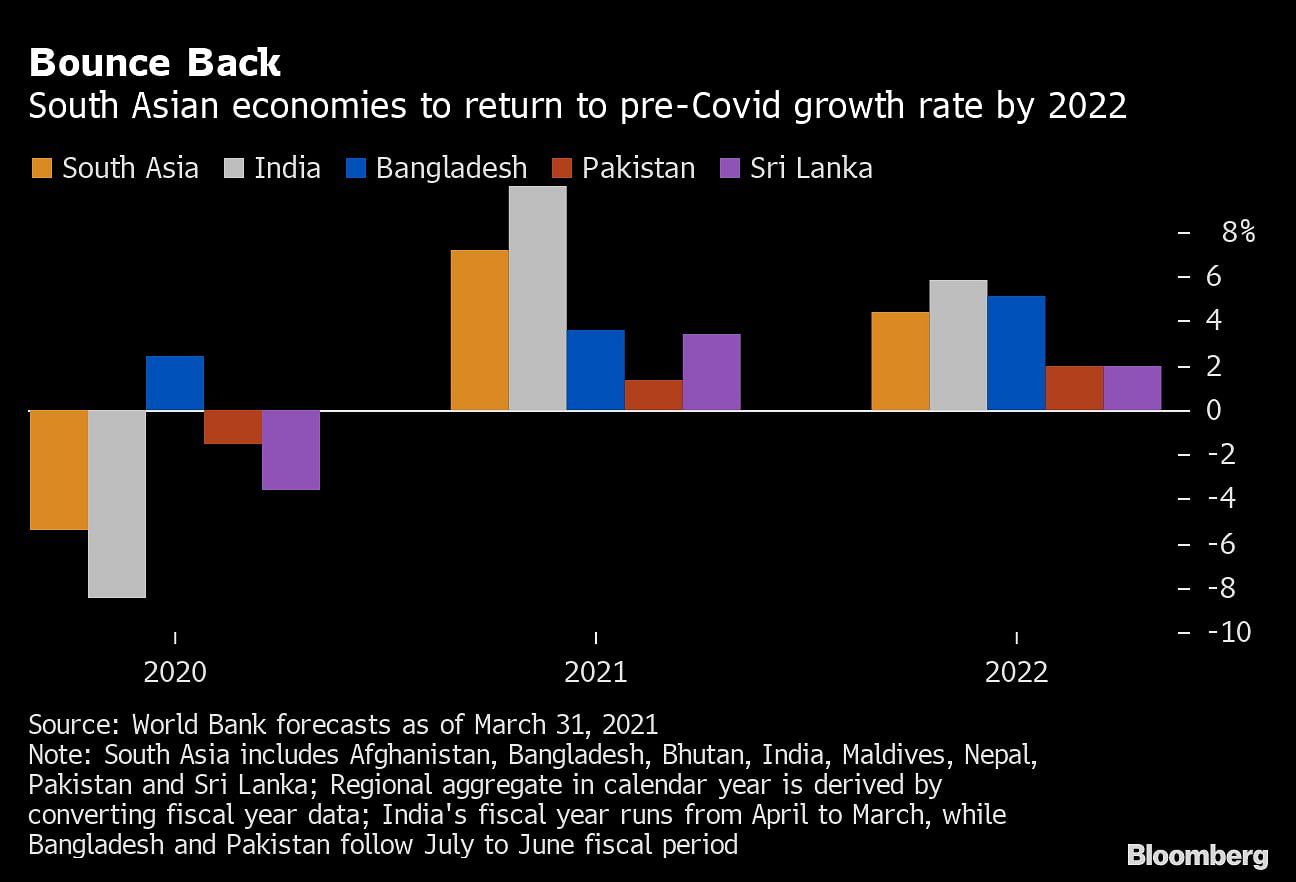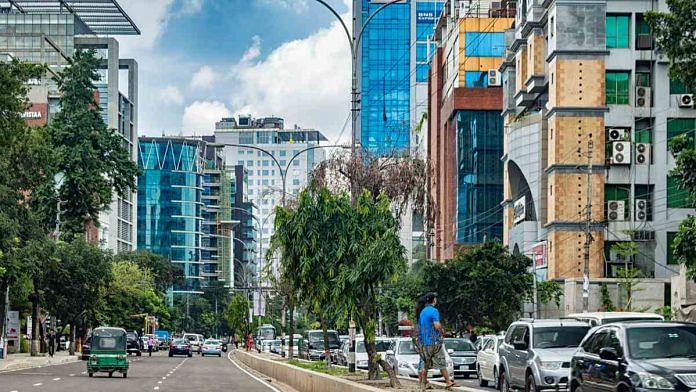Dhaka: Returning to a high growth path will be the easy part for South Asian economies led by India, which confront much harder challenges in the form of increased inequalities and reduced access to education in the wake of the pandemic, according to the World Bank.
The region is expected to grow by 7.2% this year after contracting an estimated 5.4% in 2020, the development lender said in a report Wednesday. That expansion will be powered by India and Bangladesh, helping South Asia regain its historical growth rate by 2022, it said.

The success of South Asian nations in containing virus caseloads through lockdowns and other curbs and a combination of fiscal and monetary policy support helped improve the economic outlook for the region. But the recovery remains fragile and masks long-terms risks, the World Bank warned.
“The pandemic is not yet under control,” said Hartwig Schafer, the bank’s vice president for the region. “South Asian countries need to ramp up their vaccination programs and invest their scarce resources wisely to set a foundation for a more inclusive and resilient future.”
While the effect of pandemic-control measures such as school closures may not be evident for years, lack of access to education could amplify learning losses and result in a huge economic cost for South Asia, the lender said. An estimated 5.5 million children dropped out of school in the region, which could translate into more than $1 trillion dollars in lost earnings, it said.
Here are some other key vulnerabilities highlighted in the report:
- South Asian countries scored low in the Human Capital Index, and this index could decline even if GDP growth bounces back
- The pandemic likely resulted in a sharp fall in incomes of informal workers, who account for over 85% of South Asia’s workers. A failure to accurately measure their incomes can greatly distort estimates of GDP
- Gender disparities are becoming visible. While employment shocks have hit men and women alike during the pandemic, the impact on women will likely last longer. A survey in Bangladesh showed the employment of men recovered closer to pre-Covid levels than it did for women
- For a full recovery, these inequalities and vulnerabilities must be addressed. Social insurance systems must become more universal and a better integration of informal workers into the economy is needed-Bloomberg
Also read: Rupee could fall to Covid depth of 76.5/dollar by the end of the year, analyst says




Bhikhaari Hindus relying on Muslim Bangladesh